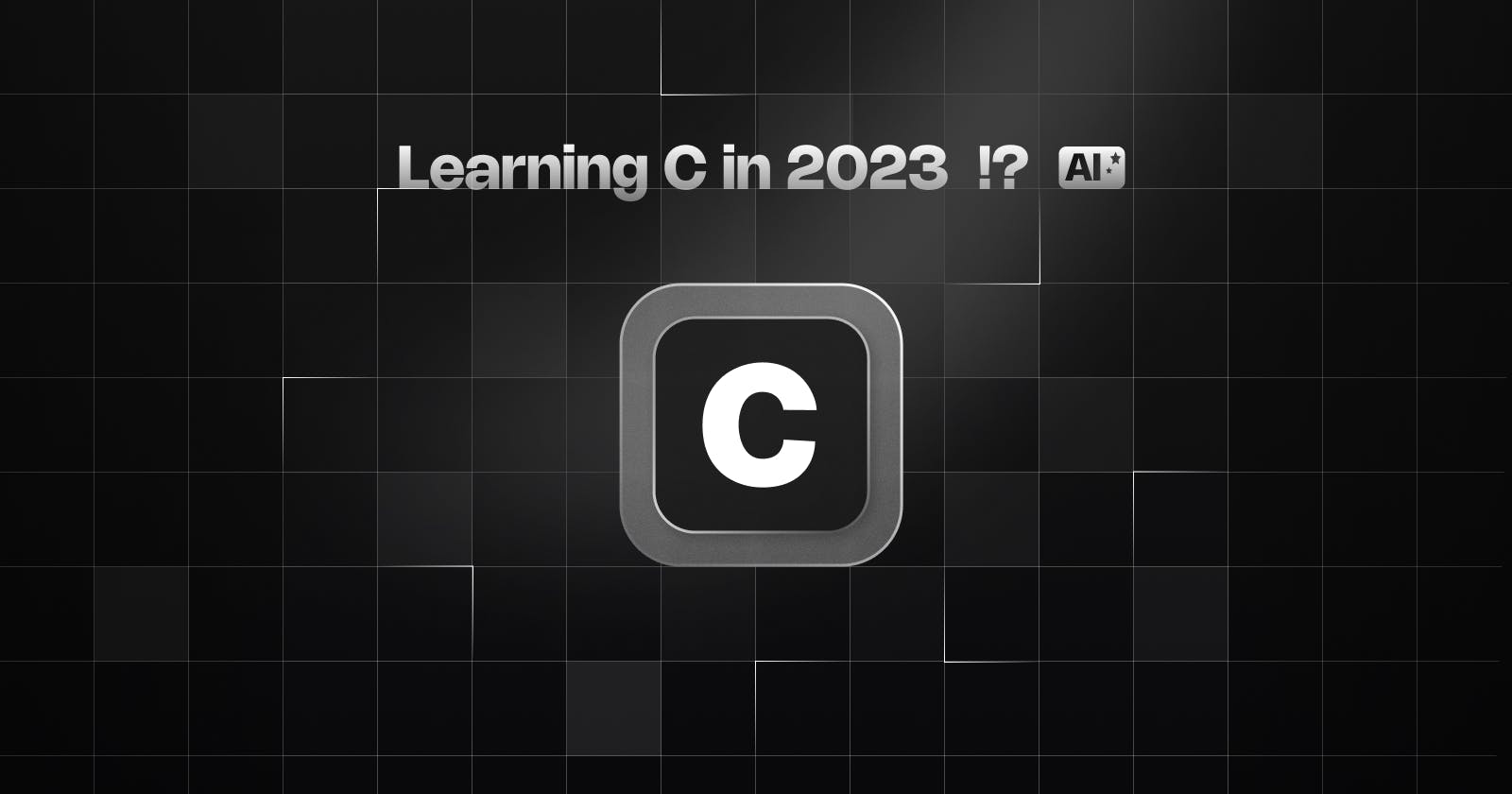C is one of the oldest and most influential programming languages in the world. It was created in the early 1970s by Dennis Ritchie at Bell Labs, and it has been used to develop many of the most important software systems ever, such as Unix, Linux, Windows, and many others.
C is also the mother of many other popular programming languages, such as C++, Java, Python, and Ruby. These languages have borrowed many features and concepts from C, such as syntax, data types, pointers, and memory management.
So why am I still getting to learn C in 2023, when there are so many newer and more modern languages available?
The answer is simple: C is still relevant and useful for many reasons.
C is a low-level language that gives me direct access to the hardware and the operating system
This means that I can write fast and efficient code that can interact with the system resources and perform tasks that are not possible or easy in higher-level languages.
For example, I can write device drivers, embedded systems, network protocols, cryptography algorithms, and more using C. I can also use C to optimize the performance of critical parts of my code by writing them in assembly language or using inline functions.
C is a simple and elegant language that teaches me the fundamentals of programming
C has a small set of keywords and operators and a clear and consistent syntax. C does not have many of the features that higher-level languages have, such as classes, objects, inheritance, polymorphism, exceptions, generics, etc.
This means that I have to write more code and manage more details myself, such as memory allocation and deallocation, data structures and algorithms, error handling and debugging. This may sound tedious and challenging, but it also helps me to understand how things work under the hood and to develop good programming habits and skills.
For example, I learn how to write modular and reusable code using functions and headers. I learn how to use pointers and arrays to manipulate data in memory. I learn how to use structures and unions to create complex data types. I learn how to use preprocessor directives and macros to control the compilation process. I learn how to use bitwise operators and bit fields to manipulate bits and bytes.
C is a portable and universal language that can run on almost any platform and environment
C has a standard specification that defines its syntax and semantics, as well as a standard library that provides common functions for input/output, string manipulation, math operations, etc.
This means that I can write code once in C and compile it for different platforms using different compilers. I can also use C to interface with other languages using foreign function interfaces or application programming interfaces.
For example, I can write code for Windows using Visual Studio or MinGW. I can write code for Linux using GCC or Clang. I can write code for Mac OS using Xcode or LLVM. I can write code for Android using NDK or Termux. I can write code for iOS using Xcode or LLVM. I can write code for web browsers using Emscripten or WebAssembly.
C is a language that helps me learn other languages easier
C is the mother of many other popular programming languages, such as C++, Java, Python, and Ruby. These languages have borrowed many features and concepts from C, such as syntax, data types, pointers, and memory management.
This means that if I know C well, I can easily learn other languages by understanding their similarities and differences with C. I can also appreciate the advantages and disadvantages of each language in different scenarios.
For example, if I want to learn object-oriented programming (OOP), I can start with C++ which extends C with classes and objects. If I want to learn functional programming (FP), I can start with Python which supports lambda expressions and list comprehensions. If I want to learn dynamic typing (DT), I can start with Ruby which allows me to change the type of variables at runtime.
C is a language that prepares me for the future
C is still widely used today for many purposes and applications. It is also a language that evolves with time and adapts to new challenges and opportunities.
For example, one of the most demanded languages in 2023 is Go (or Golang), which is a modern language that aims to simplify concurrency and scalability. Go has a syntax that is closer to C than other languages, but it also has features that make it more expressive and powerful than C, such as goroutines (lightweight threads), channels (communication primitives), interfaces (abstract types), slices (dynamic arrays), maps (hash tables), etc.
By learning C first, I can easily transition to Go and take advantage of its features and benefits.

